3-D printing has reached a pinnacle. It is easy to learn, reliable, and for a savvy consumer, affordable. For Games Workshop and other tabletop game companies, 3D printing represents a potential shift in how consumers acquire miniatures.
Game companies and digital sculptors will need to adapt to the emergence of mainstream 3D printing technology or encounter the inevitable fate of hard copy movies, video games, newspapers, and bookstores.
Read on to see what else I think about 3D printing, the miniature gaming industry, and what it all means for the hobbyist.
Overview
The question of whether 3D printing is ethical or legal can be answered by examining other technologically disruptive events in history.
Digital photography and VCR/DVD recording machines, for example, brought about major changes in their respective industries.
People scratch build models that look almost identical to their commercially available (and copyrighted) counterparts. Do we see this as wrong? Isn’t 3D printing using scratch built digital files the same thing?
Summary (TL;DR):
- 3D printing is a hobby and is acceptable if it is for personal use, only.
- As appropriate, 3D printing should not circumvent an individual’s personal responsibility to compensate others’ for their artistic effort, skill, and talent. As such, if an artist or entity who owns an image, sculpt, or creative work makes a claim against the sharing of a visually similar product (e.g., a derivative work), digital or another medium, even if it is not-for-profit, that claim by the original artist should be respected.
- Selling 3D printed objects for profit that represents in any similar way the physical attributes of a copyrighted work is unethical, and could be illegal.
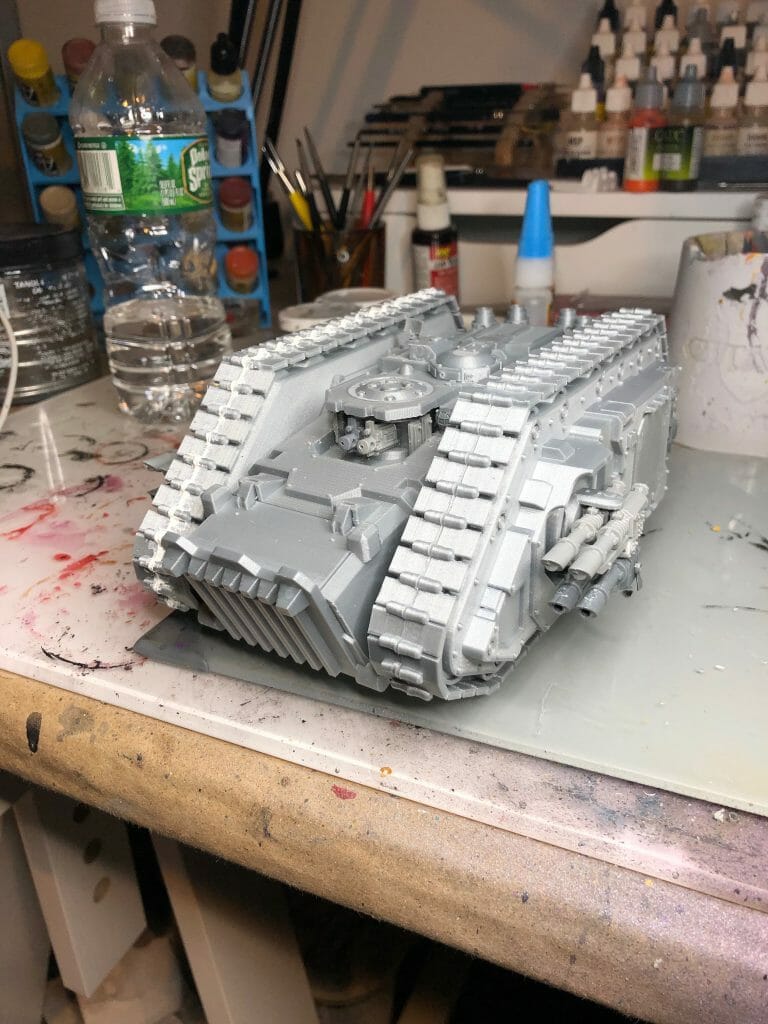
Disruptive Technology: Death to the Old
If you’re old enough, there was a time when you could only watch movies in the theater. There were no tapes or cassettes or DVD rental places.
In the early 80’s and 90’s, the ability to use your VCR machine to record a TV show or movie was a game changer.
MORE: CUSTOMIZE A MINIATURE BASE WITH 3D PRINTING
Production companies and advertisers hated this technology. It was simple.
The technology destroyed how they were able to make money. You could skip commercials, avoiding the ads, and you could watch a movie for “free”.
Fast forward a few years, and we welcomed the rise of Blockbuster and RKO video rental stores.
They Died, Too
It didn’t take long for even the ubiquitous rental stores to die out.
The last Blockbuster standing is a relic. In isolation, the physical building has become a tourist attraction.
What is our fascination with the old and by-gone era?
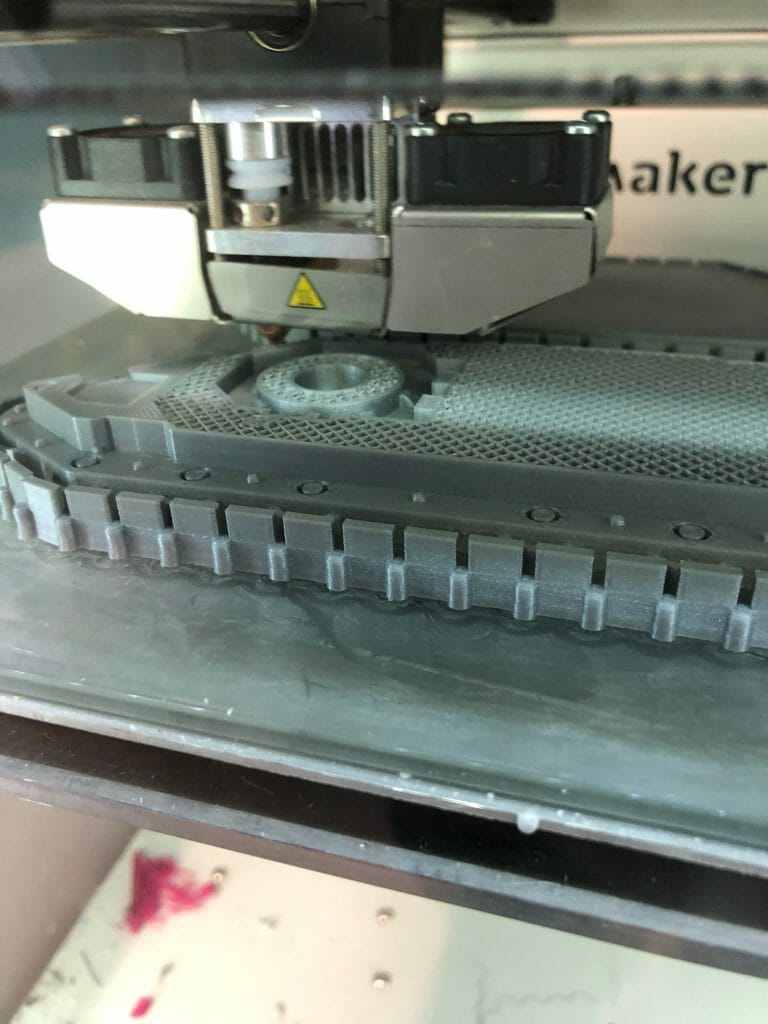
Is it the rarity of the classics? We put value on things that are dead and gone, don’t we.
We simply love the tragic stories of once cherished things, thrown aside, abandoned.
Orphans. Who doesn’t love orphans?
We all can relate at some level.
There is a loneliness to aging.
3D Printing Technology: Disruptive Fame and Obsolesce
The hero never dies, because they have gained a legacy that goes beyond their physical death.
But, technology kills the way things are done. It is a monster that ceaselessly consumes the old and casts the past aside.

All the heroes who stand alone join the hordes of isolated heroes. In doing so, all heroic figures and their stories are diluted in an endless deluge of sameness.
A old, obsolescence that is the wake of new technology.
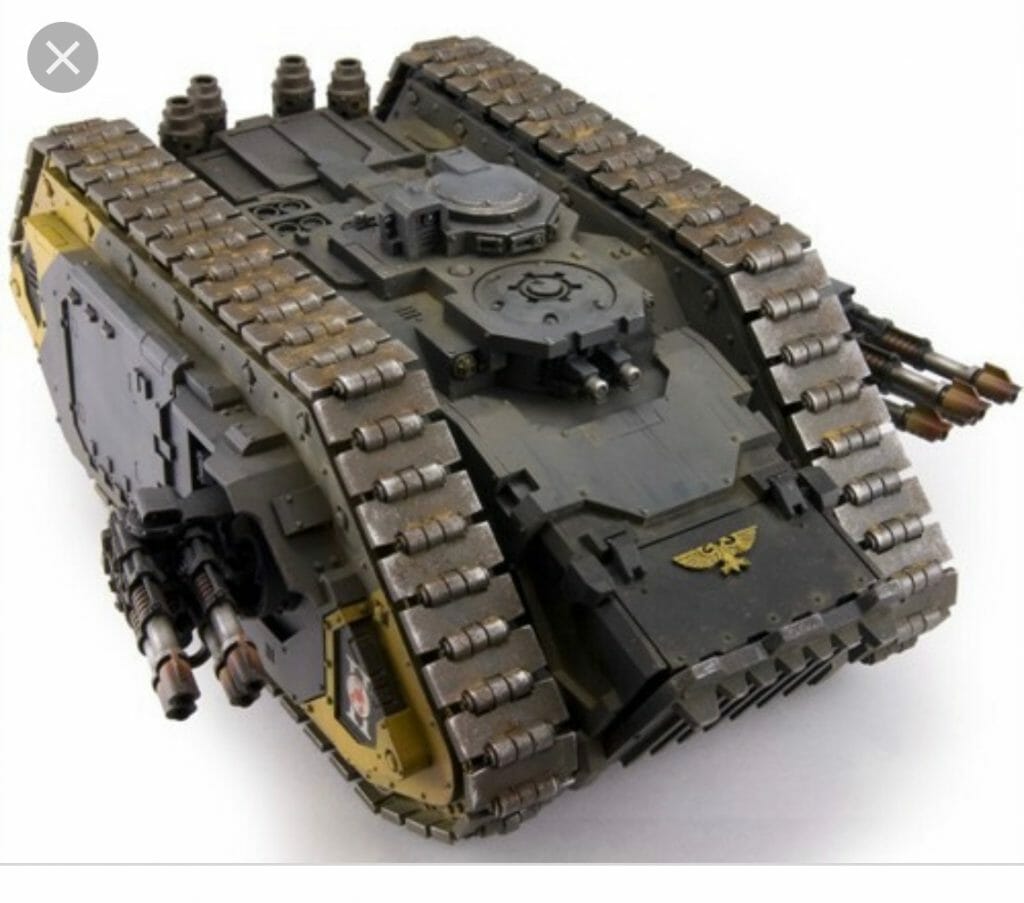
No one born in the digital age remembers the static of a “dead” channel on an analog television.
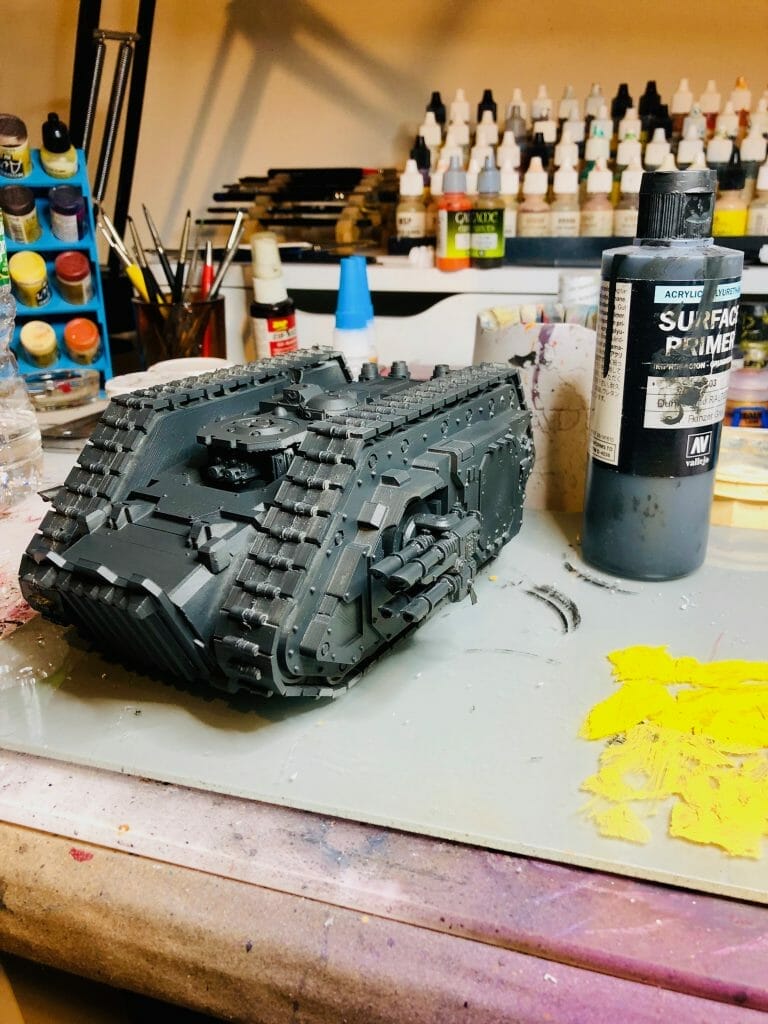
The need to rewind a VCR cassette after a movie is finished, or the ability to revisit a favorite scene took time and effort.
Scores of sci-fi movies have leaned on this trope. Popular movies earmark the signs of our time.
What does this all mean for miniature gaming?
Well, 3D printing is here to stay.
The Ender 3 and Anycubic Photon printers are consumer available printers that can easily create 3D printed miniatures.
And, it changes everything.
Once upon a time you might have gathered yourself a mail-in catalog collection.
Flipping through a paper booklet (the made-from-wood kind), you’d see pictures of models you’d like to purchase.
In the back of the catalog would be a spreadsheet you filled out. Line by line, you included the name of the model, the catalog #, and the quantity.
Pop that sheet in an envelope.
Lick a stamp. Mail it out.

4-6 weeks later, a package would arrive with your brand new kits. They were always white metal (aka pewter). And, sometimes, you’d have to add the extra details from pre-punched card stock.
Fast forward. Now you can buy anything online.
If your delivery doesn’t ship the next day, or arrive within the week, you wonder….
What went wrong? Did it get lost?
3D Printing miniatures is instant gratification, but it’s not free
Some might say that 3D printing miniatures is bad, because it undermines the business model for artists to make a living.
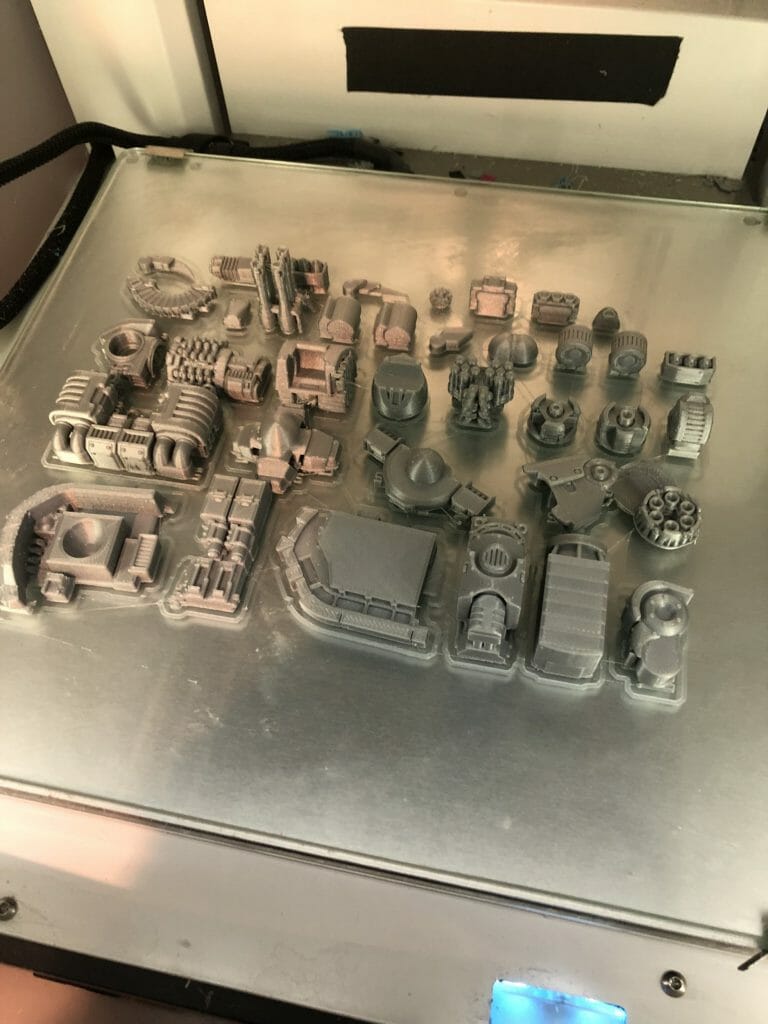
This problem extends to companies, too, such as Games Workshop or Privateer Press, who rely on product sales to stay in business.
MORE: YOU CAN BUY 3D PRINTABLE VIDEO GAME AND MOVIE CHARACTERS
Tabletop miniature games like Warhammer 40k, Age of Sigmar, or Warmachine, are some of the most popular these days. In other regions of the world, games like Infinity, Dropzone Commander, or Bolt Action have risen to the forefront.
For all of these miniature war games, the models are unique artistic creations. Even figurine sculpts that stand alone (with no associated game), are protected intellectual property.

Unless otherwise stated, these models are copy-righted, like a novel work of fiction or a movie.
It is illegal to make copies of a copy-righted miniature and sell it.
What About Scratch Building?
Scratch building is the art of re-creating another’s product with alternative means.
The use of raw materials instead of a commercial kit is the essential method for how you would acquire a model without buying it.
Scratch building is how many Warhammer 40k hobbyists are able to participate in the game-hobby without spending a lot of money. Games Workshop model kits are expensive!
Inspired by the originals, a person can take plastic card or other material and make a new object that closely resembles the original.

There many cool examples of scratch built models. Some are indistinguishable from the original. Others are created as unique models that are abstractions from the commercial kits.
In either case, a hobbyist might spend a huge amount of effort, creativity, and skill into scratch building an existing model.

And it is this investment from the hobbyist that I think is both a testament to the inspiring work of the original, and the enduring success of the first artists’ product.
In this regards, a scratch built model is actually a unique piece of art work itself. This is especially true if the re-created model is formed with raw material construction (nothing from the commercial kit).
Can You Sell 3D Prints of Models?
If you scratch build a model that looks like the real thing, can you sell it?
I think you could, if you agree that you are selling your time and effort and skill. Time and skill are yours to do as you wish.
I don’t think there’s anything wrong with that, especially if it includes unique elements. For example, you made that cannon look different, or omitted some particularly recognizable symbols or shapes from the original.
Be aware that scratch builds (and 3D printed objects) of IP material is likely considered a derivative work. That is, your product is made or derived from a copyrighted item. The original creator can make a legal claim over your work if you act to professionally profit.
I also think there is unethical ground when you start producing scratch built products for purposes other than your personal use.
When you profit monetarily from another’s artistic work, without given credit or compensation to the original creator, this is wrong.
Parasites and leeches!
This is why buying models from re-casters is also a problem.
Recasters are individuals or companies that take original miniatures and make molds from them.
From these molds, recasters make copies. It’s not a technically difficult process.
Recasting is easy!
I’ve even recast small parts for my personal use.
You can try to make molds yourself, easily, for small parts.
I’ve used this two-part resin to great effect. The cured parts hold detail well and are beautiful to paint.
But, when illegal recasting entities profit, making money off their copies, it is at the expense of everyone else.
This includes the consumers of the authentic pieces. Someone pays for the lost revenue of the original artist/creator/business. For you, the price for buying the real thing goes up.
Games Workshop has the resources to target these entities to shut them down.
But, in the long run, Games Workshop bears the cost that they could hand down the chain to the hobbyist consumer.
To the little guy, the artist or small company, recasting is a lethal threat to a way of life and doing proper business.
Recasters and creative piracy discourages artists and creators from sharing the works in the open market.
This is bad for everyone.
3D Printing: Is it Piracy?
This entire article was heading in this direction.
3D printing is a disruptive technology for miniature hobbyists. It is a technology that miniature creators and distributors need to be aware of.
Just as recordable VCR’s and DVD systems led to an upheaval in the movie industry—siphoning away ticket sales at film theaters, the rise of rental stores, followed by the online streaming movie business model—3D printing has made headway into the miniature gaming industry.

You may not see evidence of this, yet. As miniature gamers and hobbyists, we are part of a sub-culture.
MORE: DETAILED ARTICLE ON 3D PRINTING A HYDRALISK MODEL
Less visible, but impacted just the same.
In fact, miniature game companies already use 3D printing to produce their Master sculpts. From these Masters, a mold-maker creates the tools to mass produce the miniatures we buy.
This is the commercial profit model.
What if you could 3D print a model sculpt that looks like the original?
A consumer 3D printer with the capability to create high quality models is affordable.
All you need is an STL or OBJ file (the formats for 3D printing) of the object you want to make.
Once your software has these files, it is simple a matter of pressing a few buttons, a bit of technical know-how, and ta-da, miniature on your desktop.
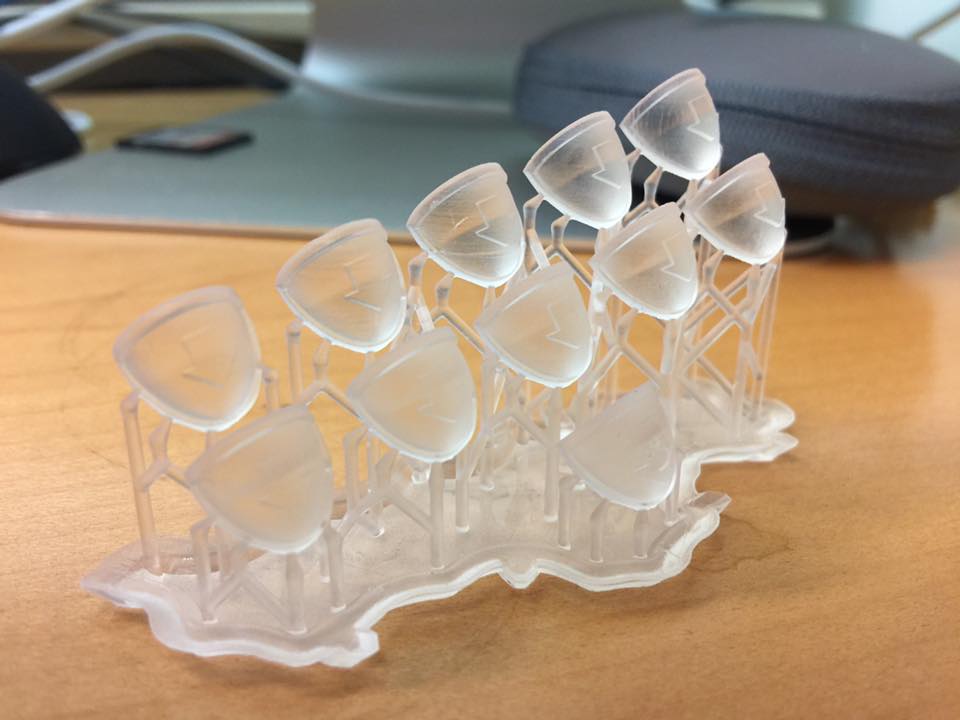
Here’s the rub: STL files are like the film negatives or the DVDs. They can be copied over and over.
But to acquire the STL for 3D printing, you would need to re-create the object digitally with modeling software, like Z-brush or 3D coat.
Digital sculpting and modeling with a proprietary program like Z-brush or Blender, free and open source, isn’t easy.
It takes just as much effort and artistic talent to create a digital 3D object. Sure, it might be easier if you’re “copying” a miniature that already exists.
Is 3D Printing Similar to Scratch Building?
The raw materials are digital first, followed by molten plastic from a printer. There’s no glue or cutting card stock, just a well-calibrated machine and the software to drive the motors and servos.
The talent and skill to 3D print an object are significant.
So, if you modeled an STL file and 3D printed that object to look the same as a commercially produced artistic work, I would argue that this is okay with the knowledge that the tangible item could be legally defined as a derived work.
The ethical condition is that the 3D printed object is for personal use only.
Be aware that scratch builds (and 3D printed objects) of IP material is likely considered a derivative work. That is, your product is made or derived from a copyrighted item. The original creator can make a legal claim over your work if you act to professionally profit.
This is similar to you recording your favorite TV show so you can watch it later. As long as you don’t sell your copy….
Photogrammetry (3D scan) with Your Smartphone
Skipping ahead, it is even possible to 3D scan (essentially a photograph) an object and convert it into a digital 3D printable file.
And, you can do this with your smartphone!
To get a 3D scanned object to print properly, it does take a bit of work.
But, if you are willing to try, STL editing software, such as MeshMixer (Autodesk) will get you there.
I’ve tried, and it works!
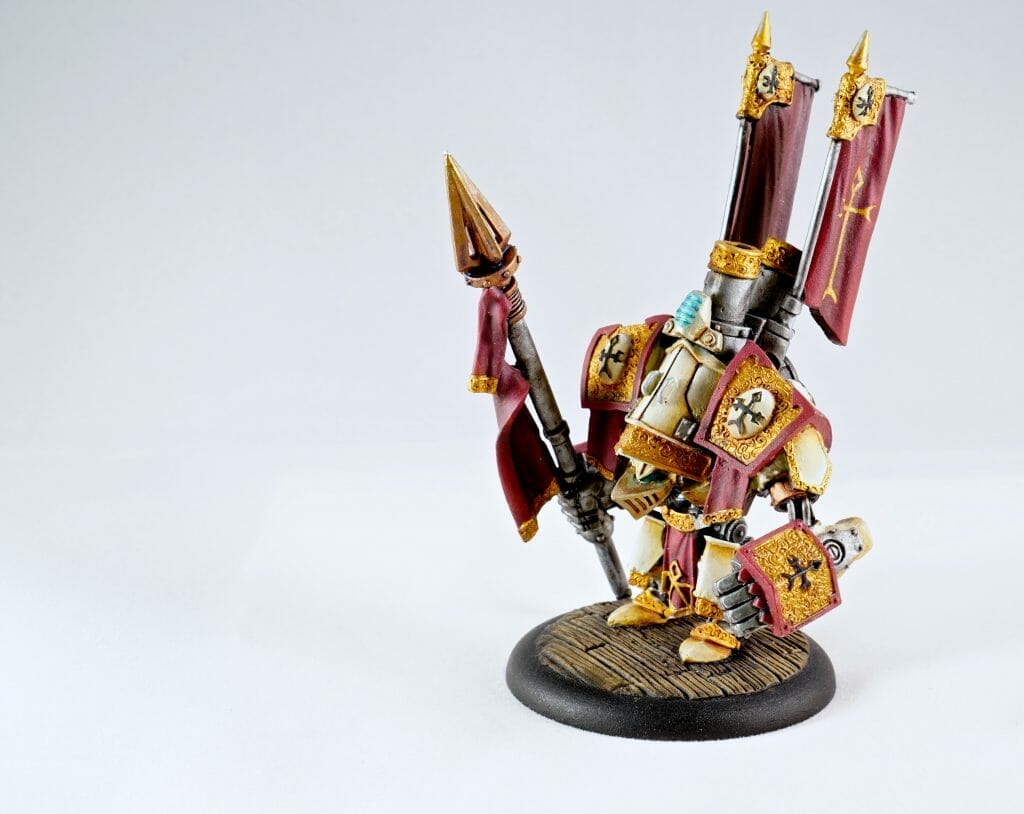
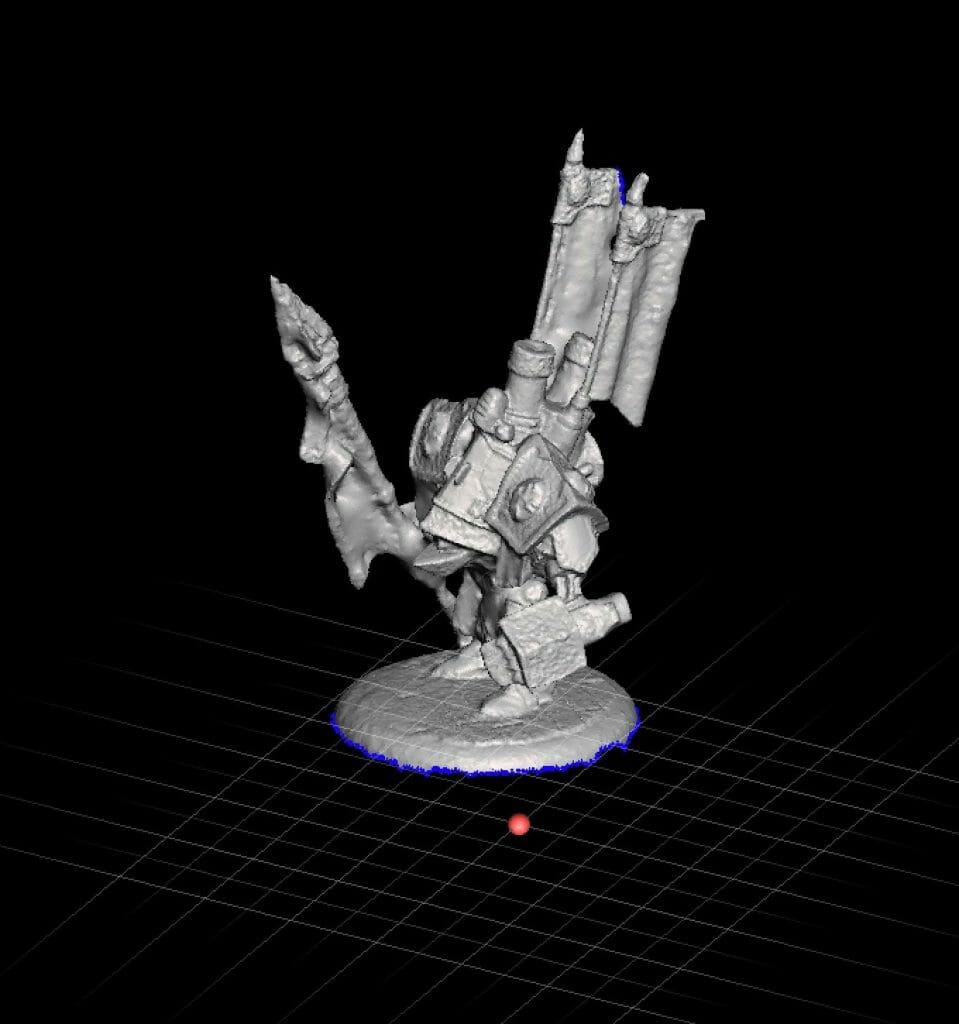
Of course, if you want to jump ahead there are 3D scanning and printing kits available.
3D scanners can be inexpensive and functional, or fully featured high resolution machines.
Ultimately, the technology has reached a point where anyone with the willingness to learn from YouTube tutorials can make digital copies of real world objects.
And if you climb the software learning curve, you can turn these files into 3D printable products.
Temptation to Profit
Unlike scratch building, of course, once a 3D file is created, it is very easy to make multiple copies with a printer.
And, there in lies the temptation to sell your prints
Here’s the murky water….
Although the 3D file is all yours, formed by your hand, inspired from an authentic piece, when you begin to “replace” the original by introducing your version on the market, this becomes unlawful.
You undercut the original creator’s work and their ability to reap the fruit of their labor.
What if the product is no longer for sale?
It’s a simple answer, I think.
For personal use, 3D printing artistic works such as miniatures, is fine. But, don’t expect that just because you can no longer buy the original that is okay to make these out-of-print miniatures to put them back on the market.
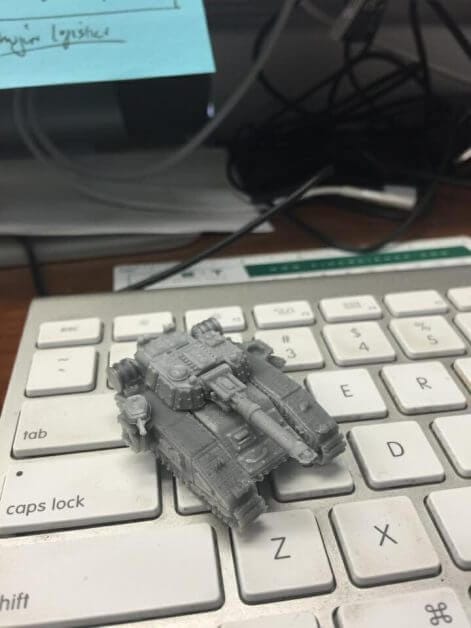
Can you make a copy of a photograph that you of a painting in an art gallery and sell that photograph?
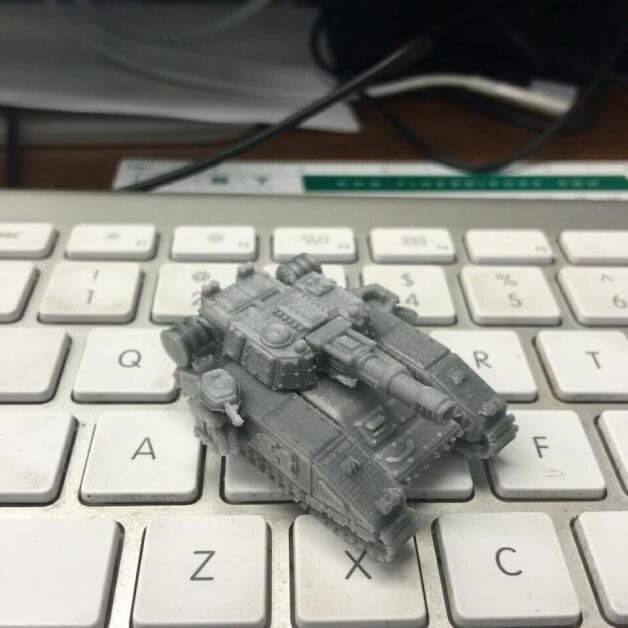
Without the permission of the artist or guardian of said work, you can’t without legal or ethical ramifications. (Note that some galleries ban photography altogether).
As long as you use your “copy” for yourself, then
There are many 3D file repositories online. These databases are open source, allowing users to download or share 3D printable files.
Sites like Thingiverse or YouMagine are places you can find all sorts of 3D printable files from 3D printing enthusiasts.
And, all of it is free for you to download.
This is where you may find 3D files of miniatures from your favorite game company. Tanks, troops, monsters, and all sorts of critters have a digital home on these sites.
There are many Warhammer 40K-looking miniatures on these sites. At first glance, many of the 3D printable files are the same as the original. If your printer is capable, the miniatures you print will be very close to what you might find as a commercial kit.
As a part of my effort to understand and learn about 3D printing technology, I’ve tried to print many of these objects. And, to my surprise I’ve been successful for the most part.
Now, is it wrong? Am I like the guy who downloads movies off those shady websites to avoid paying for the rental fees or online streaming services to watch my favorite TV show?
The Ethical Dilemma: 3D Printing
At first, I did feel guilty 3D printing these miniatures. It was relatively easy and cheap. Much less than buying the commercial kit.
But, unlike downloading a movie illegally (obvious from these sites), a 3D printed file isn’t the actual object that you could buy commercially.
It is an intangible thing….like the photograph of the painted canvas at the art gallery. And, even that metaphor isn’t very good, because a 3D modeled files had to created from “scratch” with raw digital materials (i.e., the fake proxied clay in Z-brush, for example).
Ethically, it could be considered bad behavior to 3D print a copyrighted object and not buy the original.
To me, 3D printing is like scratch-building. Lazy as it may be….it is a do-it-yourself (DIY) personal project inspired and adapted from the original miniature object.
I am making a photograph of a artist’s statue that I saw in a public place. But, instead of a 2D object, I will make it 3D.
Inspiration drives creativity, not profit
The 3D file was created by a digital artist-hobbyist who made it look like the real thing. Maybe, it’s like a fan film that attempts to recreate the actual movie, even using the same characters (e.g., but with different amateur actors).
It’s a hobbyist sharing his talent and work with other people with no monetary profit.
What is “Lawful Versus Ethical” Behavior?
Now, you must be thinking, if this guy 3D prints a miniature instead of buying it from the original commercial entity or artist, then that’s ethically wrong.
But, is it illegal?
Wait, what?
Legality and ethics are different.
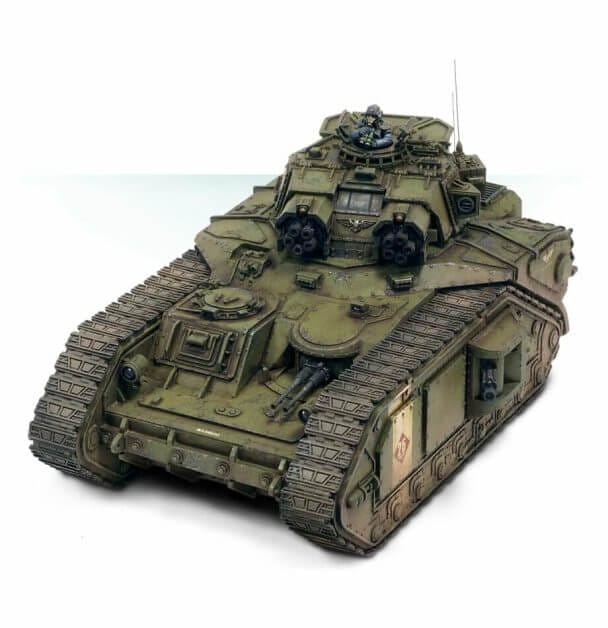
Okay, here’s what I mean.
It is possible that a guy who can’t 3D print something (because the 3D file is unavailable or he doesn’t have a printer) still doesn’t buy the original miniature. In this case, the ethics of the technology are moot.
Ethically, it could be bad behavior to 3D print a copyrighted object and not buy the original.
In other words, it is bad form, to share files and 3D print objects without helping the original creator to get his/her due reward.

But, the legality of it, whether this kind of behavior can be or should be enforced seems impossible.
So, legally speaking, 3D print objects that resemble the original artistic work as long as you know its for personal use.
If you re-create a digital version and share it with others, don’t profit monetarily because at that point you are robbing the original artists’ of their due credit.
Sharing 3D files for free leaves the personal responsibility to the 3D printer.
The person who 3D prints now has to determine whether they are behaving ethically and legally.
Ultimately, here’s what I think:
Ethically, 3D printing a freely shared file is a gray area. Wrong or right, it’s hard to determine based on precedence.
I’m okay with it, but you might not be.
Selling 3D printed objects based on copyrighted works of art for personal monetary profit is illegal (which it is).
What If Everyone 3D Prints?
Of course, if you’re taking the long view on the entire industry, as everyone soon acquires a 3D printer for themselves, the “scratch built” printable files will be shared.
At some point, everyone has a 3D printer, like toasters and telephones.
All of it is shared freely online.
Almost all the miniatures you could buy commercially has a doppelgänger version online as a digital sculpt (similar, but not the same).
What happens to artists and game companies? How do they survive and thrive in this inevitable future?
I don’t know.
But, I can speculate.
How Can a Company Survive in the 3D Printing Age?
Maybe a miniature game company or artistic collective can take the route of the movie production/distribution companies.
Instead of physical copies of miniatures, sell the 3D files, or stream them with a subscription service.
Of course, how would these entities prevent people from sharing these 3D files?
3D printable files are either STL or OBJ formats. These files are put into “slicer” software, that converts them into a set of instructions for the printer hardware to operate.
These instructions are called “g-code”. It controls all the minute details of how the printer will operate while making the 3D object.
The g-code for every printer is different, because every printer uses different hardware.
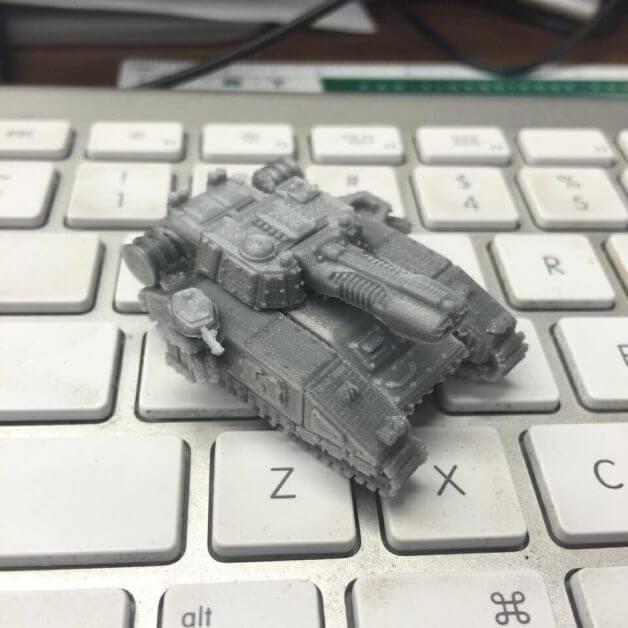
But, what if an artist or game company could sell a propriety, closed-source g-code that operates for a specific number of prints and then erases itself.
(I’m not sure this is possible).
Or maybe, game companies create a hardware dongle (a module) that attaches to your printer that allows you to print specific quantities. And, to prevent sharing, a printer will only operate when that dongle is physically attached to the 3D printer.
Anyway, these are just ideas.
We will see what happens….
Conclusion
Here are my thoughts (subject to change as I learn more about this topic) about the ethics of 3D printing miniature gaming models.
- 3D printing is a hobby and acceptable if it is for personal use, only.
- As appropriate, 3D printing should not circumvent an individual’s personal responsibility to compensate others’ for their artistic effort, skill, and talent. As such, if an artist or entity who owns an image, sculpt, or creative work makes a claim against the sharing of a visually similar product (e.g., a derivative work), digital or another medium, even if it is not-for-profit, that claim by the original artist should be respected.
- Selling 3D printed objects for profit that represents in any similar way the physical attributes of a copyrighted work is unethical, and could be illegal.
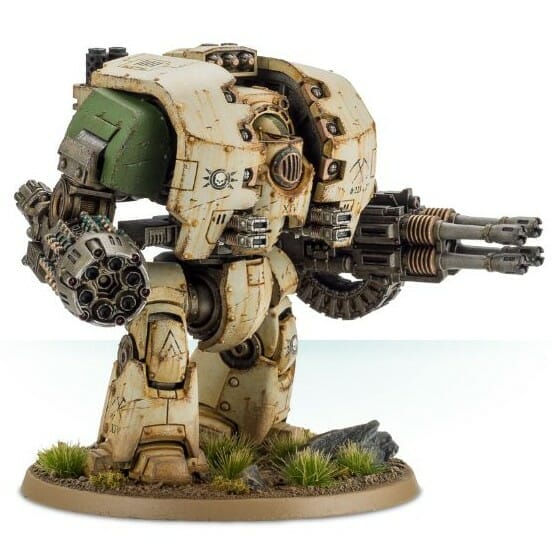
Although you see 3D printed models on this blog, some of which may represent commercially available products, the 3D files are not available here for download. Some cool pieces can be purchased as original designs here (note: some may be considered derivative works).
What do you think about 3D printing miniatures that represent models from major game companies?
Leave me a comments and thoughts below!



Tangible Day on YouTube (Miniatures and More!)

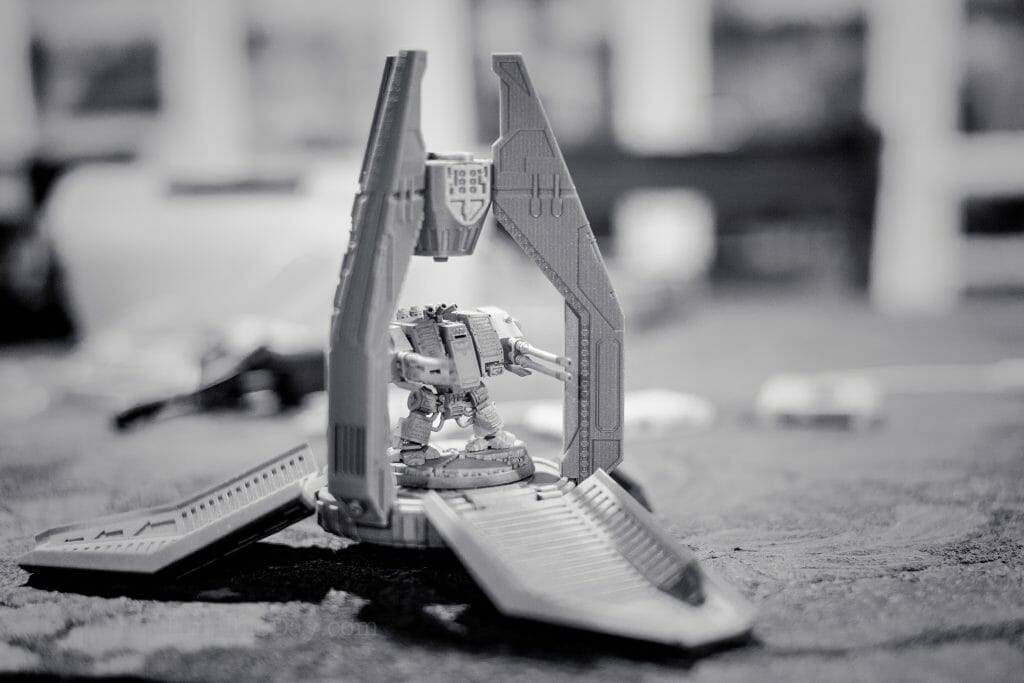
You said it all. It is the same with any artist’s work. It is the artist’s/creator’s property. In a nutshell, stealing is wrong and it is amazing to me how many people do not seem to grasp this idea.
My only other concern on this is that even a free print file may be a copyright infringement if that provider did not specifically create the original artwork or have express permission (if the original sculpt/build is not theirs) to upload said file.
Will 3D printing change the landscape of miniature art? Oh yeah, it already has. Technology always has impact, but for the people who do not embrace it in the art world, I say, go back to chipping out messages on slabs and paint pictures on rocks then.
Hi, yes I agree with you 🙂
I think we are in a time where 3D printing technology has become commonplace. Artists/creatives and other hobby industries need to adapt, or at least be aware that this hardware exists, and isn’t hard to use.
There are a lot of articles out there about this topic. I tried to keep this focused on the miniature side of things.
Thank you for your input!
Pingback: Addressing Some 3D Printing Concerns – Kaja's Kreations
An interesting post, I got into 3D Printing at Christmas and was quite surprised what was available on Thingiverse that was a direct copy of(as an example) Games Workshop Vehicles and miniatures. I am not into GW so there was no real attraction there, but if I download something I tip the designer as well as try to give them a shout out on my blog. If I like there stuff I will see if I can help out by buying more online or in another case becoming a Patreon.
Years ago when I played Warhammer I bought a pile of Brettonian’s on EBay. I reckon 50% of them were recasts. Not to mention that there are loads of YouTube videos out there on how to use Oyumaru to recast mainly GW parts.
Worth considering is the television and movie industry’s response to pirating of audiovisual works. Time was, pirating appeared to be the end of the television industry. However, the industry worked in conjunction with content distributors (TV channels and cable companies) to enable very convenient streaming services at relatively low costs to the consumer. The easy availability of being able to stream many pieces of entertainment meant consumers generally do not pirate but instead buy into the system. Now on-demand entertainment is a significant profit center for the industry.
Applied to other industries, like miniature sales, the answer is likely to provide high-quality and convenient alternatives to 3-D printing pirates. Consumer behavior shows people are generally willing to pay a bit more to obtain convenience (as another example, look to Ticket Master). Miniature makers may need to adapt to ensure their products provides superior convenience and quality than their pirates. The subscription model purposed might be such a solution, although it’s difficult to imagine how that would exist at the same time as the current model.
Another alternative would be to migrate to a print on demand service. Imagine you could email a Citadel store and tell them you want a space marine doodad for pickup that day. The store prints the model with its commercial printer faster and less expensively than you could with your personal 3-D printer and you come and pick it up. Heck, this could lead to a lot of modification, particularly for Citadel stuff where you might want a dude with certain wargear and the store could print it with that wargear.
Another idea for a market leader like Citadel would be to make the 3-D files available, but to require printing from proprietary printing materials, charging a premium for the materials. This could be enforced on a tournament or store basis where models are checked to ensure the models are printed with the proper materials. I don’t think that’s a particularly good idea as I’ve described it, but it’s something that could be done. It would move too far from being a convenience to being a hassle.
The point being that a vendor is more likely to succeed by making things more convenient for its customers than by adding barrier to pirates. It’s better to make your goods and services look superior to alternatives than to throw up barriers to the alternatives as a primary strategy. Three-dimension printing is coming regardless of what the mini makers do. Companies that find ways to embrace and enable 3-D printing will find success more easily than those that remain hidebound to other business models.
Go Bruins.
Bingo!
The big companies need to provide something extra: customization/on demand speed/higher quality/postprint touchup/etc.
If games workshop offered print on demand with retail pickup options, scale options and a-la-carte accessory add ons they would cement their market leader position for a long time- without even having to sell files.
Of course I would encourage them to sell some sort of file access as many more involved hobbyists and artists will have the printer as part of their workflow.
Smaller companies are already offering “buy the mini, or the file, or both” which I like. How
I love the idea of a print on demand type service. Such a business model would also allow users/consumers to make changes to the model itself before 3D printing/production. I think this has already emerged really well in other sectors of the gaming market. See Heroforge (my article with a brief overview is here: https://tangibleday.com/hero-forge-unboxing-custom-3d-printed-miniatures-close-up-photos/). Check it out!
Yeah, I agree with you that at the end of it all, when 3D printing is disruptive enough the “big companies” will need to adjust their profit model. How do we sell something but keep adapting to how people want to receive said products?
This was a useful overview about the topic, thank you! I’ve included your work in my own article: https://alkony.enerla.net/english/the-nexus/miniatures-nexus/miniature-hobby/miniatures-casting-miniatures-copying-existing-miniatures
As for a possible solution, I think the only useful way is to add an in-built copying licece fee in the cost of the filament, just like they did with casette tapes and audio cds, and send a specific ratio of the collected fees to the creators in the market. However, this feels restrictive for those who’d like to print their own designs or free to use designs.
Awesome! Thanks for the share. I love your blog! We have much in common 🙂 – We can agree that 3D printing is changing things for better or worse. Hopefully better!
Yes, reproducing someone else’s work without their permission is both unethical and, in most countries, illegal. It is worse if you do it to sell to others but it is still both illegal and unethical to do it even for your own use. It is theft, pure and simple.
Many 3D files are free to download and many more may be had for just a few dollars. Pay the creator what he asks if you want it and you think the price is right and then (depending on the license that comes with it) print as many as you like. For your own use.
Anything else is theft and robs the creator of the fruit of his labor. Do that a lot and he’ll stop creating.
All the nonsense in the article about changing technology is just a way to justify theft. Easy or hard, it is still theft. You paid to watch a movie in a theater, you paid to rent or buy a VCR tape or DVD, you pay a streaming service today. TINSTAAFL: There is no such thing as a free lunch. There is no such thing as a victimless crime.
Create or buy someone else’s creation. Those are your choices.
Hi! Thank you for your comment. This is definitely an ongoing debate. Changing technology muddying the waters isn’t it? Can a person take a photo of a painting, make a painting based on the digital photo, and then sell the photo? https://www.nytimes.com/2009/02/10/arts/design/10fair.html